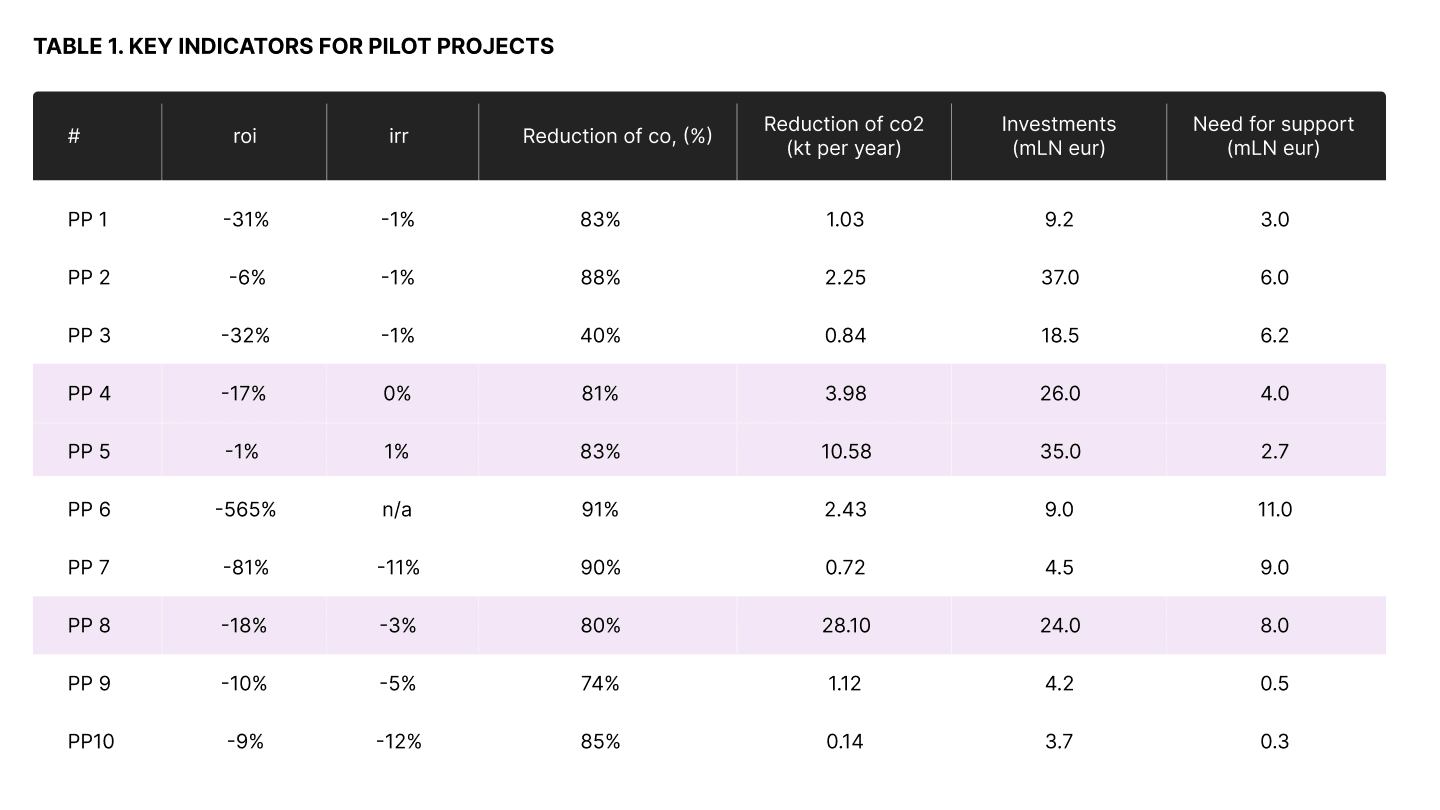How Civitta helped the Estonian Ministry of Economics and Communication to research the impact of using hydrogen in Estonia
Client
Estonian Ministry of Economics and CommunicationThe background:
The Estonian Ministry of Economics and Communication had to develop plans to reach the ambitious EU climate neutrality goals by 2050. In addition, the EU adopted a European Hydrogen Strategy on 8th June 2020, which should account for 13-14% of the Union’s total energy portfolio by 2050 and employ around one million highly skilled workers by 2030, reaching 5.4 million by 2050.
Our research team and colleagues from the National Institute of Chemical Physics and Biophysics and Stockholm Environment Institute Tallinn were tasked to find out how hydrogen would help Estonia achieve its climate goals and what competitive benefits it could bring to our economy.
The essence of the project:
We developed the sectoral model to quantify the potential for hydrogen uptake in Estonia, the related investments, and the impact on reducing CO2 emissions and creating jobs. The model considers other environmentally friendly alternatives while creating the decarbonisation scenarios. It explains where hydrogen is the only way to decarbonise the specific sector.
We modelled two scenarios:
- The high scenario, where potential of hydrogen consumption would be maximised through the leading sectors in the Estonian economy, which would make Estonia one of the frontrunners globally.
- In the low scenario, Estonia would follow the penetration rates in line with the EU average levels, almost half of the high scenario.

Our model concluded that with an investment of 22-44 billion euros in different hydrogen value chain links, it is possible to avoid 2.2-4.4 million tons of CO2 emissions and create at least 21.000 jobs by increasing the use of hydrogen in different sectors.
The study shows that Estonia has the most potential to reduce emissions in the transport sector, which is still heavily dependent on fossil fuels. Hydrogen could replace the current use of natural gas in the heating sector, where energy consumption is mainly covered by biomass or central heating.
We also analysed ten pilot cases based on companies ready to provide hydrogen-based services. We calculated their economic profitability (ROI and IRR), required investment, environmental impact and expected support needs.

Services provided:
- Developing the sectoral model: Its purpose was to quantify the potential for hydrogen uptake in Estonia, the related investments, and the impact on reducing CO2 emissions and creating jobs.
- Pilot cases: We analysed ten pilot business cases and calculated their economic profitability (ROI and IRR), required investment, environmental impact and expected need for support.

Project result:
Our study mapped 28 barriers and 46 measures across the hydrogen value chain, including 32 legal, administrative and 14 economic measures. We also stressed the importance of a national hydrogen strategy, which should be chosen from the options analysed in our study and would set out specific policy objectives and guidelines.
During the past years, followed by our study, there have been remarkable developments in policymaking to create a more supportive environment and measures to introduce hydrogen in Estonia. The most important one is approving the Estonian hydrogen roadmap in spring 2023.